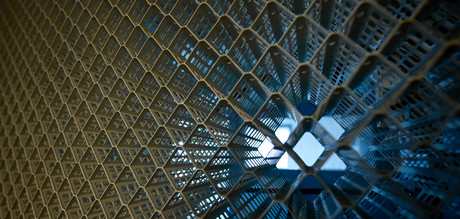EMC compliance standards are changing

Years ago, manufacturers made AV equipment and others made information technology equipment. Crossovers between the two categories were rare.
Fast forward to today and the line between audiovisual devices and computers is extremely blurred, with AV integrating Wi-Fi, Bluetooth, Ethernet and other technologies.
CISPR 32 ‘Electromagnetic compatibility of multimedia equipment — Emission requirements’ is a response to this blurring of product categories and is intended to replace and combine CISPR 22 (IT equipment) and CISPR 13 (AV equipment), due to significant overlaps across the two standards and equipment similarities.
CISPR 32 is already included on the EMC mandated list and can be used for RCM compliance effective immediately. AS/NZS CISPR 32:2013 is intended to replace AS/NZS CISPR 22 and AS/NZS CISPR 13, although a date of withdrawal has yet to be made. The ACMA has indicated this is not likely before mid-2017. It should, however, be noted that in Europe it is no longer possible to use CISPR 22 (EN 55022) or CISPR 13 (EN 55013). Only CISPR 32/EN 55032 will be accepted for CE compliance.
Equipment is to be classified as either Class A or Class B. Class B limits are the lower limits and are intended to offer adequate protection for broadcast services within the residential environment, similar to CISPR 22.
Applicable tests include:
- Radiated emissions at either 10 or 3 m distances, 30 MHz to 1 GHz, with additional testing up to 6 GHz dependent on EUT highest clock frequency. 10 m distance limits are identical to those specified in CISPR 22.
- Conducted emissions at the AC mains power ports, 150 kHz to 30 MHz. Limits are identical to CISPR 22.
- Asymmetric mode conducted emissions, 150 kHz to 30 MHz. This covers wired network ports, optical fibre ports with metallic shield or tension members, antenna ports and broadcast receiver tuner ports (Class B equipment only). It is similar to the requirements specified in CISPR 22 for conducted disturbances at telecommunication ports. It is only applicable to those ports that will connect to cables longer than 3 m.
- Conducted differential voltage emissions, 30 MHz to either 1000 or 2150 MHz. This covers TV broadcast receiver tuner ports (terrestrial and satellite), RF modulator output ports and FM broadcast receiver tuner ports. It is similar to CISPR 13 and only required for Class B equipment.
Testing company Austest Laboratories has multiple facilities covering compliance testing to CISPR 32. Contact the company today for a quote.
Novel technique to shield 2D materials from vibrations
Researchers from Monash University have demonstrated a new way to protect atomically thin...
What's the difference between traditional resins and bio-based resins?
Two Electrolube resin specialists have collaborated to explain how introducing bio-based resin...
Waterproof connectors and enclosures: check what protection you need
Every electronic device needs some kind of protection, depending on where and how it will be used.





